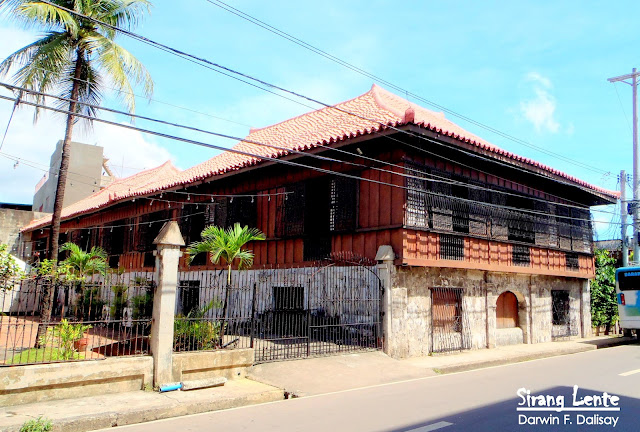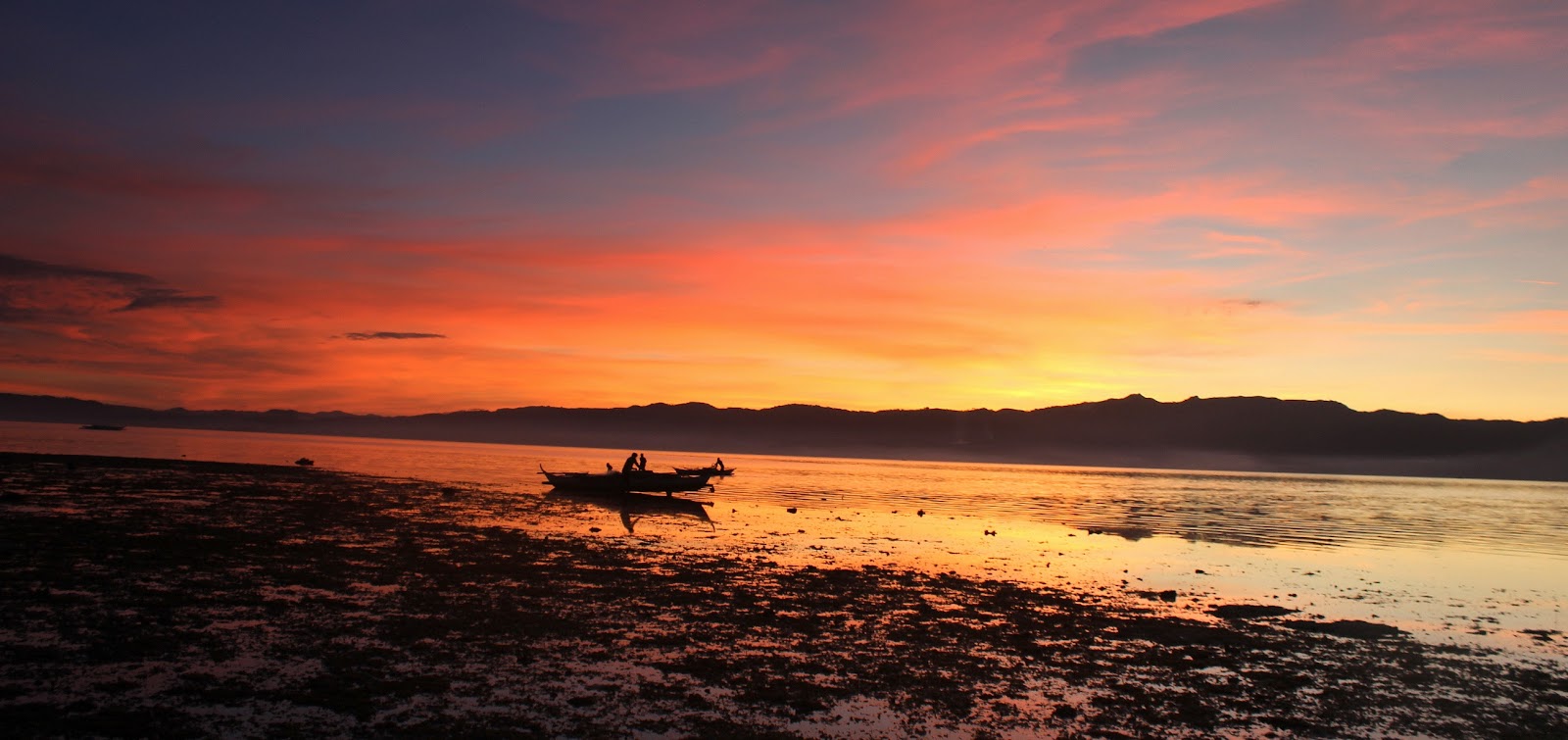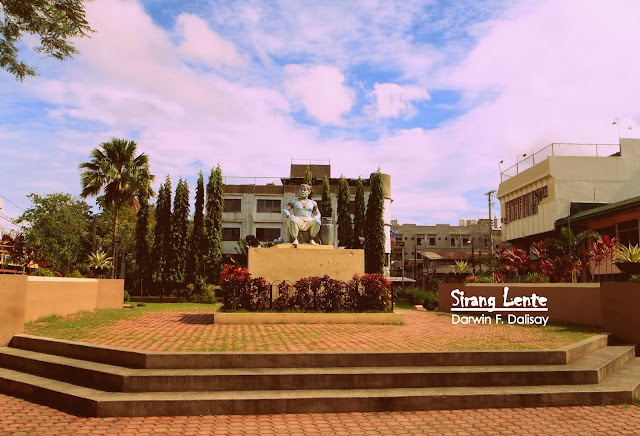
The Casa Gorordo House, also a Museum, shows how a prominent family lives during their generations. From the floor, artistic walls, windows up to the roof top - it's really gorgeous. At the main entrance of this house, its historical background was written and here's what it says: "This house was built in the mid-19th century by Alejandro Reynes y Rosales and was bought by Juan Isidro de Gorordo, a Spanish merchant, in 1863. Four generations of the Gorordo family lived in this house, including Juan Gorordo, first Filipino Bishop of Cebu, 1910-1932.









